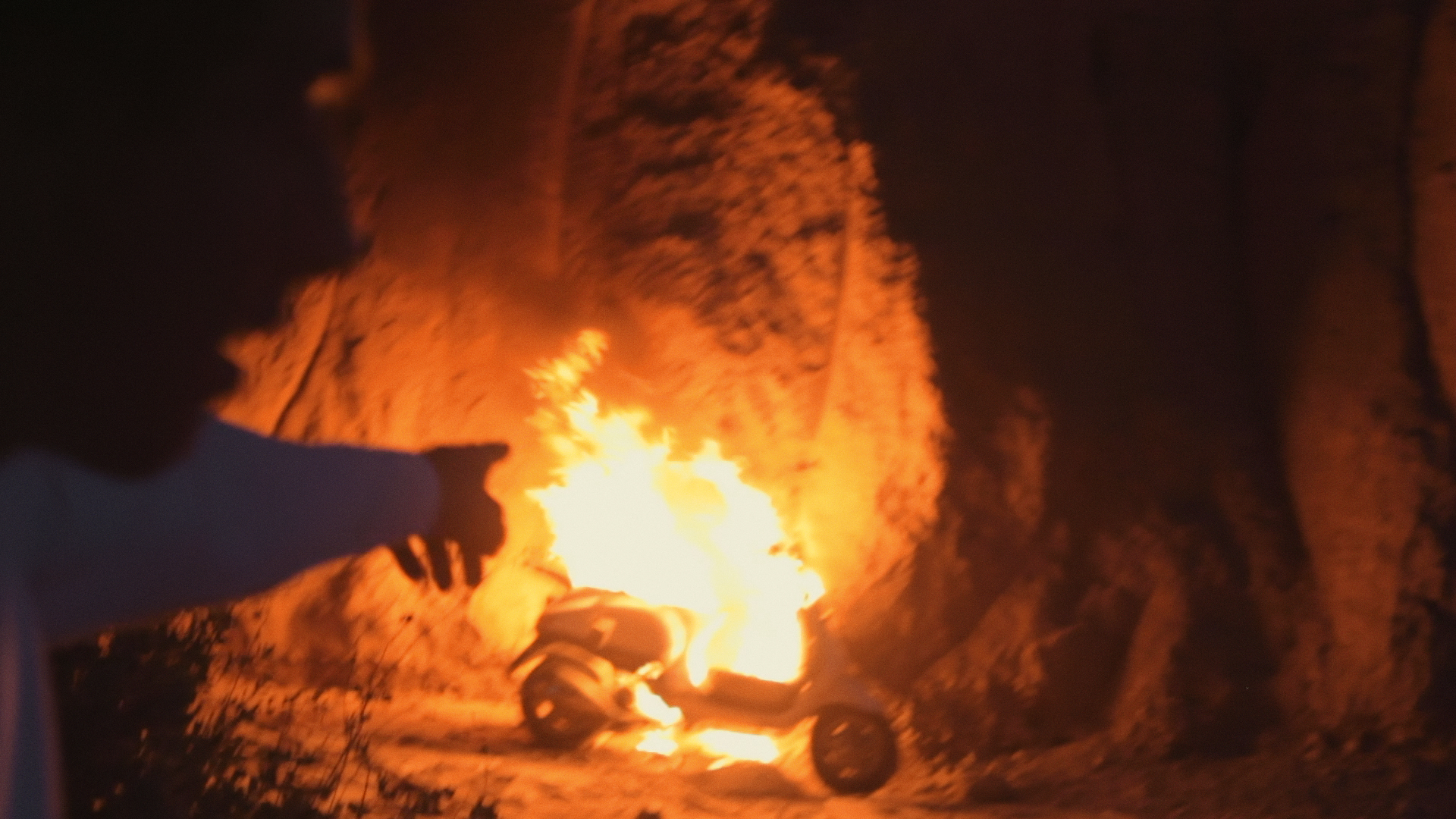

In Soy Libre, Laure Portier captures her little brother Arnaud’s quest for freedom and identity. Trapped in a forced reality in housing blocks in northern France, he tries to escape a predestined fate. The voice of his filmmaker sister comes snatching him away, ruthlessly destroying the expected narrative of a history resigned to determinism. Arnaud escapes to Spain, then to Peru. This odyssey is captured with a remarkable cinematographic sensitivity. Through Laure’s camera, and sometimes even through her brother’s, the film is a complex and sincere portrait of a tormented soul, confronted to unpredictable impulses and to the temptations of petty crime. This intense document shakes up the viewer into an ode to freedom, and demonstrates the strength of family ties and of cinema’s power of emancipation.
“The images in Soy libre are snapshots of an elusive existence. In this interplay of appearing and disappearing, a dance between brother and sister emerges, a constant moving in and out of the frame, as if Arnaud were playing cinematic hide-and-seek with his sister.”
Gerard-Jan Claes, Tillo Huygelen
,“Soy libre transcends the merely biographical. Arnaud’s concrete life acquires a shimmering abstraction by becoming part of a history. In this sense, Soy libre is a classic story, a contemporary life chronicle reminiscent of the work of John Ford, whose films show that human resistance is largely determined by the social environment. A guide in a turbulent world, Arnaud seeks an answer to the question of what makes life worth living. This becomes very explicit when Arnaud briefly returns to France to visit his frail grandmother. Her fragile, lonely face becomes a mirror for Arnaud’s own quest. To what extent can Arnaud find the freedom to build his own existence? Can he start again?”
Gerard-Jan Claes, Tillo Huygelen






